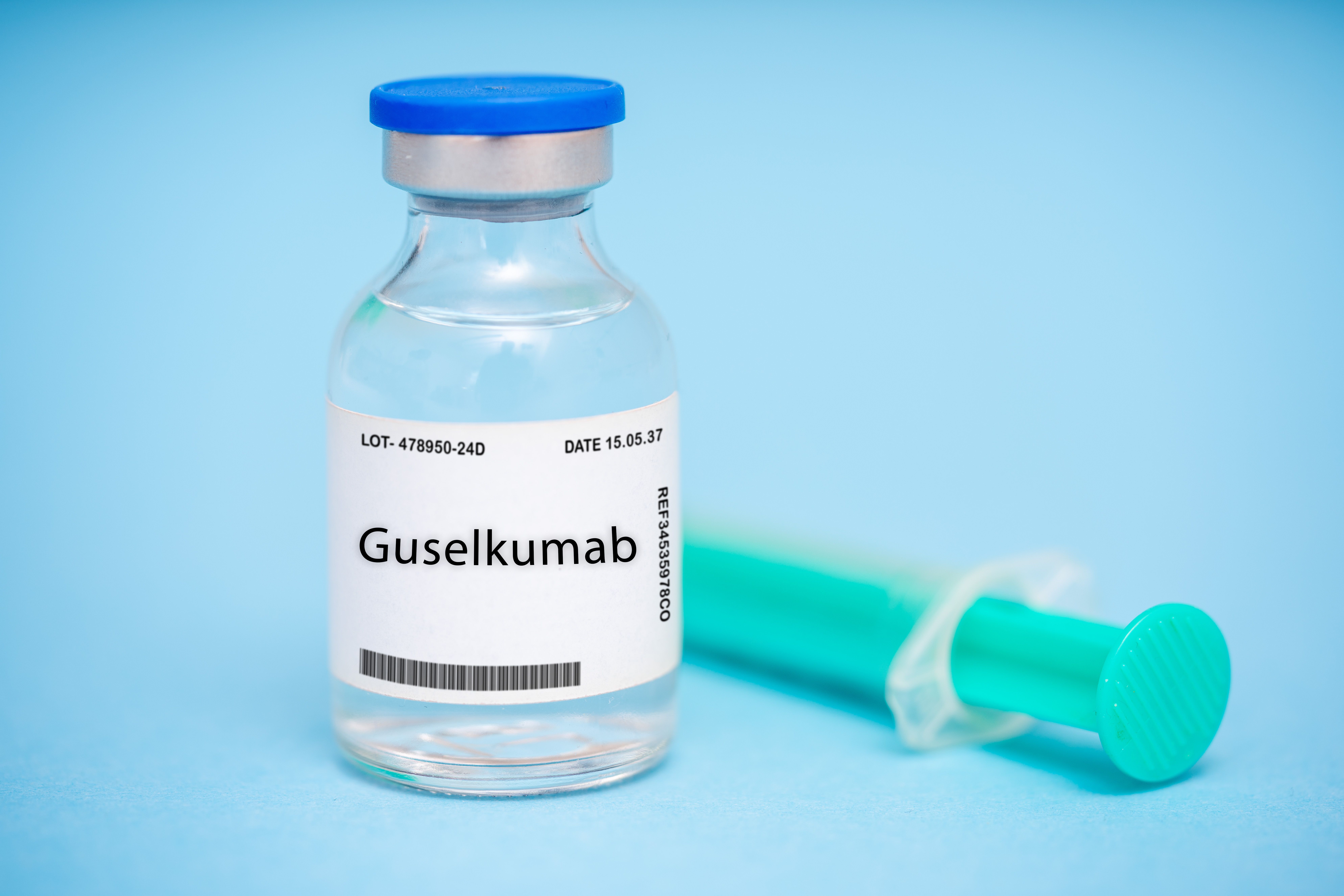Video
Practical Implications of the MAIA Study for MM
Keith Stewart, MB, ChB: I want to move on to the more elderly patients and just ask very quickly with sort of short answers. What’s your go-to regimen for an elderly nontransplant candidate patient, Rafael?
Rafael Fonseca, MD: As of the last ASH [American Society of Hematology Annual] Meeting & Exposition, I’ve switched to daratumumab-lenalidomide-dexamethasone. I use quite a bit of RVd-lite [lenalidomide, bortezomib, dexamethasone], meaning just attenuated doses. It’s always the dealer’s choice how we do that, usually lower doses of dexamethasone, usually a lower dose of lenalidomide as well. Those are the 2 regimens that I would say I would use the most, occasionally Rd [lenalidomide, dexamethasone] in the very frail patient.
Keith Stewart, MB, ChB: And for you? You said KRd [carfilzomib, lenalidomide, dexamethasone] earlier. You sticking with that or?
Andrzej Jakubowiak, MD, PhD: Well, if patient in my judgment assessment is too high-risk to go on KRd, I am almost certain I will switch to daratumumab-Rd [lenalidomide, dexamethasone] as my top choice. And flipping between daratumumab-Rd and RVd [bortezomib, lenalidomide, dexamethasone] will be probably what we will be starting over the next year or 2.
Keith Stewart, MB, ChB: Daratumumab-Rd—you both mentioned that. Just in the New England Journal of Medicine recently, the results of the MAIA trial were published. Tell us what that showed, Rafael?
Rafael Fonseca, MD: The MAIA is a phase III randomized comparison between daratumumab-Rd, lenalidomide-dexamethasone, versus Rd, lenalidomide-dexamethasone. Huge improvement in progression-free survival, not yet reached. It’s not completely estimated when that’s going to cross, versus lenalidomide-dexamethasone, which actually turned out to be a good regimen. This is something that obviously has changed the paradigm of how we think about the transplant-ineligible patients because before this, the only study that could get close to it, and doesn’t quite do it, is the SWOG [Southwest Oncology Group] study that you mentioned before, the combination RVd. Short of that, if you look at historic data with melphalan-containing regimens, I’m going to say there’s no reason why anyone should ever get melphalan again, with the exception of people at the international level who may have access to daratumumab because of the ALCYONE being approved as a combination for the transplant-ineligible. The results of ALCYONE are quite good.
Keith Stewart, MB, ChB: What is ALCYONE? Maybe we’ll, just for variety, have you tell us about that 1.
Andrzej Jakubowiak, MD, PhD: Yes, this was a study that was already published, and updates were presented in which previous standard of care in many countries, in most of the European countries, VMP [bortezomib, melphalan, prednisone] for elderly patient. VMP is bortezomib, melphalan, prednisone. It was a comparator, and the experimental arm was VMP plus daratumumab. And it was a very strongly positive study regimen to regimen, VMP was given as approved for 9 months of therapy. VMP plus daratumumab backbone was also for 9 months. But then daratumumab continued, which may be part of the impact of daratumumab for the results, which we have seen. But the study was strongly positive with regard to almost all categories. Progression-free survival strongly improved, depths of respond, MRD [minimal residual disease]—negative disease. That was the first approved daratumumab antibody-containing regimen across multiple countries. So [it’s a] big breakthrough, and MAIA I’m sure is going to follow as the next regimen in the frontline setting.
Keith Stewart, MB, ChB: Both of you have talked about daratumumab, lenalidomide, dexamethasone in the elderly population. Are you worried that there’s no proteasome inhibitor in the first 2 or 3 years of their treatment?
Rafael Fonseca, MD: I don’t think so. In fact, what’s interesting is that even if you break it down by risk, I said that the confidence interval is there. But there’s not a significant difference from what we see with other proteasome inhibitor-containing regimens. It is big question. I think I mentioned this previously, I do have a question as to what is the optimal for high risk patients. But I think for most patients it’s a perfectly legitimate regimen.
Andrzej Jakubowiak, MD, PhD: Right.
Keith Stewart, MB, ChB: Mary, are patients worried about or troubled by the infusion reactions or the time you have to spend in a hospice chair to get daratumumab?
Mary E. DeRome: Very much. You know older patients have no patience to sit in a chair for 7 hours, to be infused IV [intravenously] for their first daratumumab infusion. But I think some of the data that have come out at this ASCO [American Society of Clinical Oncology Annual Meeting] around the subcutaneous daratumumab injection is quite promising, and that is really going to be, you know, if and when that becomes an approved regimen, it’s going to be a great improvement, especially for the elderly.
Keith Stewart, MB, ChB: Well, I think our own center, I don’t think it has caught on in the community yet. After the first 2 doses we go to a 90-minute infusion, which it still takes half a day by the time they come in.
Andrzej Jakubowiak, MD, PhD: The same thing here. After we went through cycle per cycle, we go more traditionally but we go to 90 minutes, and then subcutaneous will likely be moving in. But I want to maybe make a quick comment about high-risk disease and maybe a controversial aspect. Should we use proteasome inhibitors in high-risk patients versus antibody? I would agree with Rafael here that we don’t have any evidence that 1 of those 2 partners is better at fighting high-risk disease.
But I would add—and it is coming also at this meeting, and prior meetings—that ultimately for these people, and it has been shown, we have to pick up the strategy that will bring disease to nondetectability: MRD-negative status.
That potentially supports the choices, which we had discussed at the beginning. Do we personalize treatment or not? I think we should be always thinking that we always help patients with the best regimen no matter what the risk. But we have a responsibility to give patients with high risk as good of a regimen to get them to the high level of response.
Keith Stewart, MB, ChB: I’m a bit uncomfortable not having a proteasome inhibitor in the mix at all. I think it’s just a matter of time before it’s both drugs, and not either-or. I’m not quite sure what I’m going to do in terms of RVd-lite versus daratumumab-Rd at this point.
Rafael Fonseca, MD: I think we’re going to do daratumumab-KRd-lite. That’s going to be the future, right? The key is going to be just to adapt. And this causes tension because traditionally the outcomes for the elderly are worse, but primarily because the treatments are not as good because the biology of the elderly is usually more favorable. When you look at it, you know instead of looking at overall survival, you look at how close you can approximate your life expectancy.
You could say it should be easier in the elderly, but it has been harder because the treatments are harder to deliver. But now with some of these regimens, I think if you’re diagnosed with myeloma at the age of 75, it’s not far-fetched to think that you’re going to have a near-normal life expectancy. I’m not saying it’s perfectly normal; I don’t have the data to substantiate that. But even what we see with MAIA and then maybe 1 treatment for a relapse, many patients are going to get past their 80s. So we’ll see what happens.




